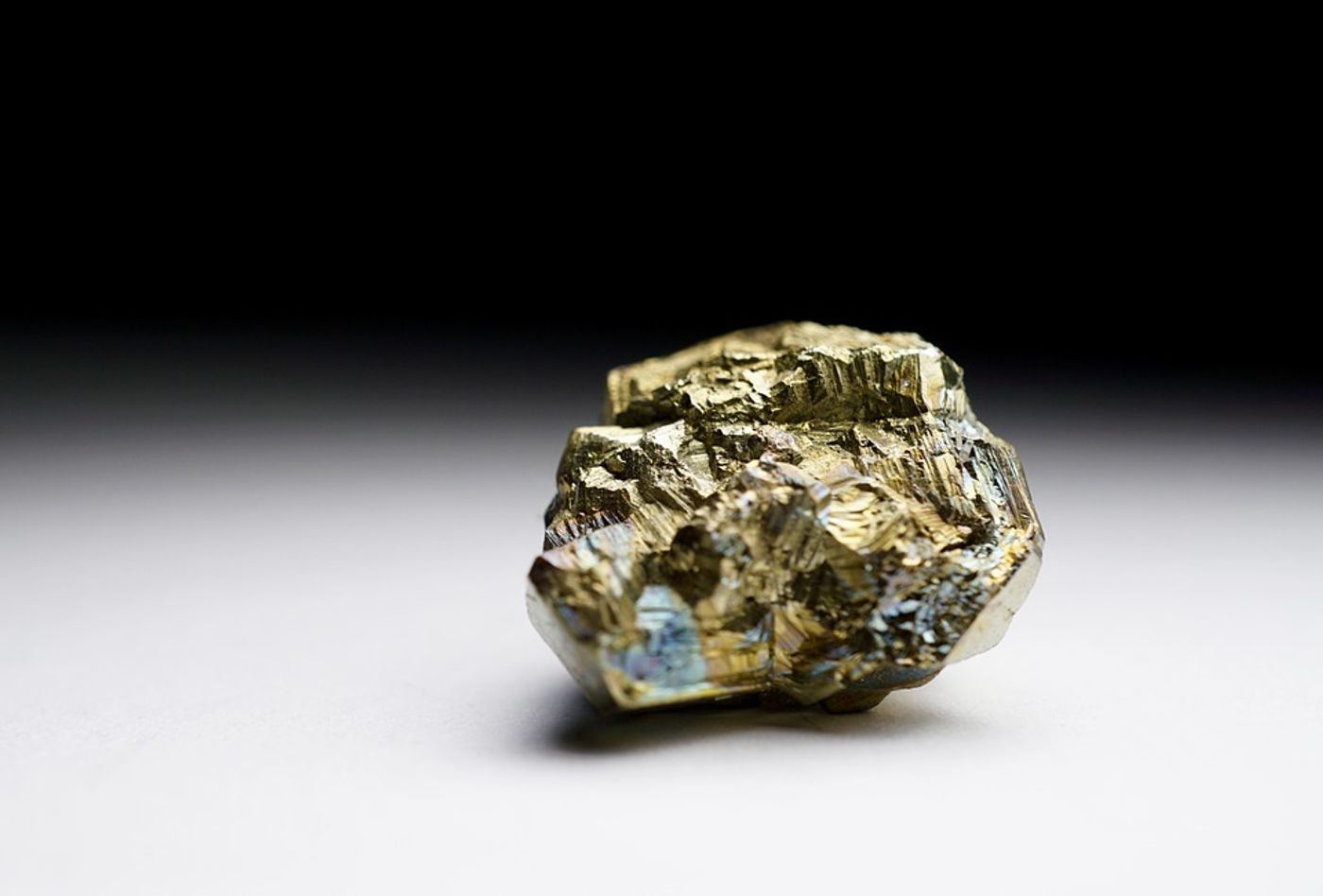How to make fool's gold magnetic
Research published in Science Advances reports the conversion of fool’s gold into a useful magnetic material. Fool’s gold is actually iron sulfide, a non-magnetic, inexpensive and abundant material that is a byproduct of petroleum production. However, through an electric transformation of iron sulfide, University of Minnesota engineers have made iron sulfide magnetic, thus opening the door for a process through which new magnetic materials could be developed.
"Most people knowledgeable in magnetism would probably say it was impossible to electrically transform a non-magnetic material into a magnetic one. When we looked a little deeper, however, we saw a potential route, and made it happen," said lead research Chris Leighton, who is a University of Minnesota Distinguished McKnight University Professor in the Department of Chemical Engineering and Materials Science.
The University of Minnesota team has been interested in iron sulfide for a time because of its potential in solar cells. "We really went back to the iron sulfide material to try to figure out the fundamental roadblocks to cheap, non-toxic solar cells," Leighton elaborated. He worked with Eray Aydil at New York University and Laura Gagliardi from the chemistry department at the University of Minnesota on this project.
"Meanwhile, my group was also working in the emerging field of magnetoionics where we try to use electrical voltages to control magnetic properties of materials for potential applications in magnetic data storage devices. At some point we realized we should be combining these two research directions, and it paid off."
Utilizing a technique called electrolyte gating, the researchers manipulated iron sulfide with a low voltage in an electrolyte solution to induce ferromagnetism. They were able to use this method to turn the material’s magnetism on and off.
"We were pretty surprised it worked," Leighton said. "By applying the voltage, we essentially pour electrons into the material. It turns out that if you get high enough concentrations of electrons, the material wants to spontaneously become ferromagnetic, which we were able to understand with theory. This has lots of potential. Having done it with iron sulfide, we guess we can do it with other materials as well."
The researcher plan to continue their investigations by attempting to replicate the process at higher temperatures and with other materials that.
Sources: Science Advances, Science Daily









